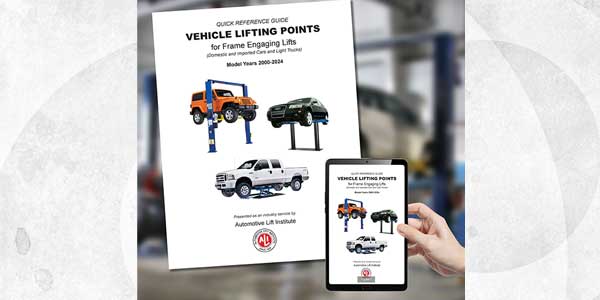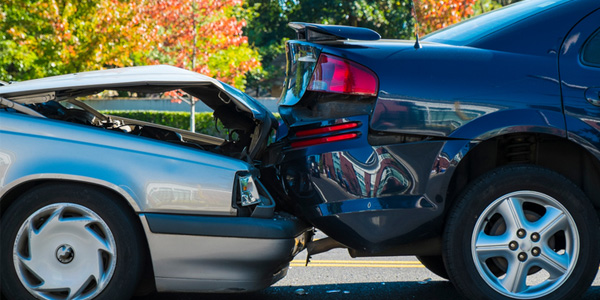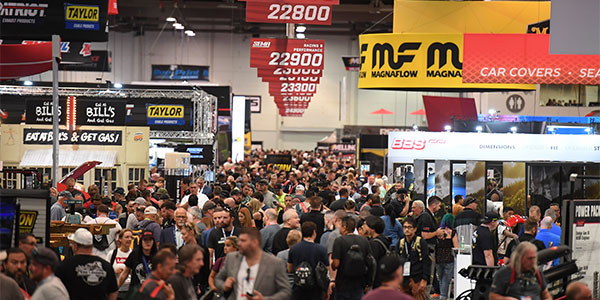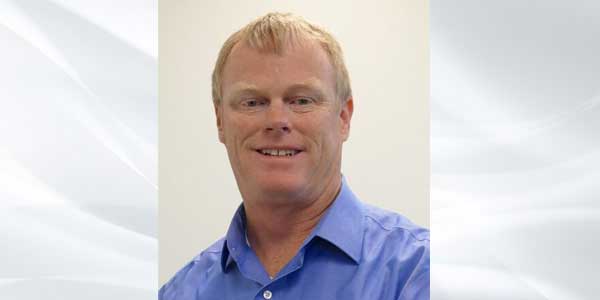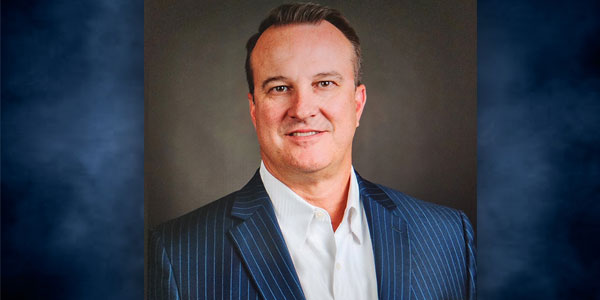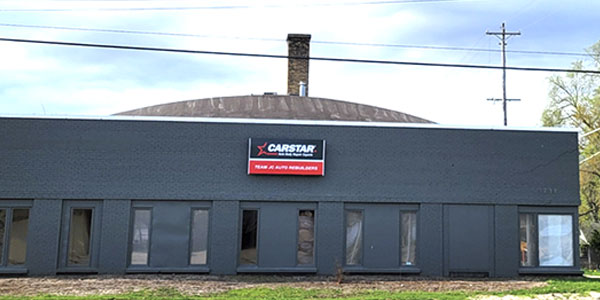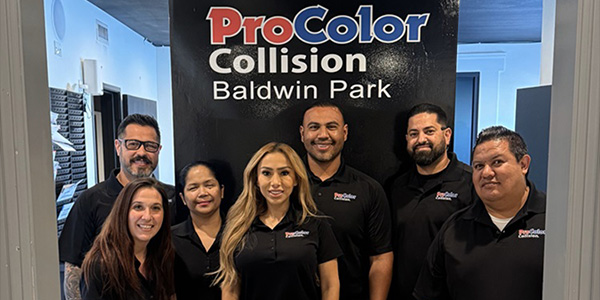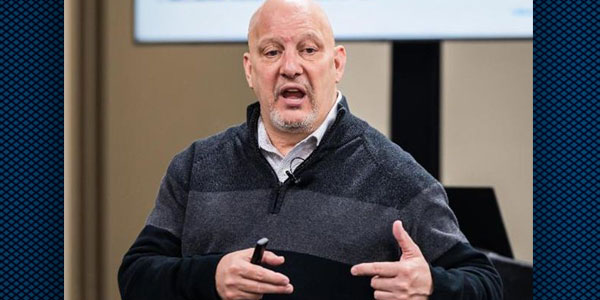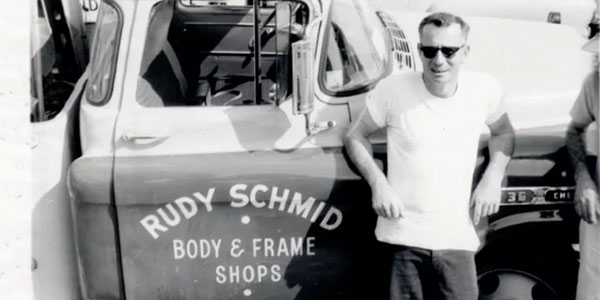During the first quarter of 2014, the Society of Collision Repair Specialists (SCRS) researched, collected and analyzed rental and estimate data to better understand how the information can predict a more accurate time for repair. SCRS says the project was initiated due some insurance companies’ insistence that repair facilities agree to unrealistic repair time frames and indemnify them for rental expenses beyond those terms.
Loss-of-use or rental insurance is an optional coverage offered by many insurance carriers. The policy, sold for an additional premium, is intended to cover the cost of a rental vehicle for policyholders who have incurred a loss and are without their vehicle for a period of time either due to necessary repair or replacement. The policies often contain restrictions, such as capitation on the amount of coverage per day, or an overall cap on the total rental expenses that will be covered.
“The issue causing the concern for our members isn’t in situations where the rental costs extend beyond policy limitations,” said SCRS Executive Director Aaron Schulenburg. “It is in scenarios where the costs are within the policy limits, but the insurance company is imposing an arbitrary time frame they believe the repairs should be completed within, and then expecting the repair facility to indemnify for the balance of the rental expenses – despite the fact that they assumed the risk for such expenses when selling the loss-of-use policy.”
To research the issue, SCRS reached out to CCC Information Services, Mitchell International, Enterprise Rent-A-Car and The Hertz Corporation seeking data specific to the average length of rental and average hours per claim captured during the fourth quarter of 2013. While cross referencing each data set against the others produced a variety of results, no combination of data supported an expectation even reaching 3.0 hours per day, stated SCRS. Results were factored by dividing average hours per claim by average length of rental.
As an example, when SCRS compared average hours per estimate data provided by CCC against the Enterprise average length of rental, a 30-hour job could be expected, on average, to take an estimated 15 days to repair, reflecting a median multiplier of 0.5.
In the Q1 2013 Auto Physical Damage edition of its Industry Trends Report, Mitchell reported, “The median multiplier (multiply the number of labor hours per repairable estimate and you get a good approximation of rental days used) for the 49 states is 0.47 with a standard deviation of .05, indicating a fairly tight distribution.” This means, per Mitchell’s calculations, a repair order with 30 hours of repair labor could be estimated to take roughly 14.1 days for completion with a reasonable level of accuracy. When looking at 2013 Q4 data from Mitchell, and comparing the information against the Enterprise Rent-A-Car length of rental report featured in the Q1 2014 Industry Trends Report, SCRS’ resulting calculations indicated a slightly longer expectation, but the differences, the association stated, could be based on the inclusion of all 50 states, fluctuations in length of repair from Q1 2013 to Q4 2013 or other potential variances in the analysis.
“We recognize the challenges associated with drawing conclusions from two disparate data sources,” said Luis Alonso, chairman of SCRS’ Industry Issues Committee. “Our conclusions are going to have a higher standard of deviation because we are averaging averages rather than raw data, and also because the data sets may cover two different spans of information. For instance, information provider estimate data is based on overall uploaded estimates, which will reflect some vehicles that may not be repaired, and rental company data is based on repaired vehicles that did utilize a rental. Recognizing these factors, all the results still confirmed that none of the numbers produced anything resembling the expectations being placed on repairers by some in the insurance industry.”
For insurance companies using a six-hour per day calculation, the customer is provided with an expectation that a 30-hour job will be completed in five days. For other companies that use a standard of five hours per day to calculate preliminary length of rental, insurers provide customers the expectation that a 30-hour repair will be completed in six days.
“The resulting calculations demonstrate the huge level of disparity between reality and expectation,” said Schulenburg. “Unfortunately, these false levels of expectation add waste into the repair process by creating costly and unnecessary administration for both the repairer and the rental agency, and can almost assuredly factor in a level of frustration for the consumer that could be avoided if we used better information to set their expectation at the onset of the process. The objective should be to set an expectation that will produce a consumer experience that lives up to what was promised. Unfortunately, if we use bad data to establish the metrics, we are setting ourselves up for failure from the beginning.”
SCRS National Director Dusty Womble applied the results of the study to his own business, Roger Beasley Collision Center in Austin, Texas. In the past, his organization avoided committing to a time for repair until a thorough disassembly and blueprint was created. However, Womble says his customers were often provided with an estimated time of repair by their carriers when the carriers gave them their preliminary rental vehicle approval. After participating in the board analysis of the collected data, the collision center decided to give their consumers an estimated time for repair by dividing total labor hours by 2.0 hours per day, explaining the complexity and the challenges involved in the repair process and the many factors that go into the repair aside from just the physical labor.
“Interestingly, the adjusted formula made a huge difference in our customer interactions,” said Womble. “Our CSI scores shot up by about seven percentage points, simply because the consumer perception regarding the vehicle being delivered ‘on time’ changed. We didn’t adjust anything else in our workflow, other than the expectation we were setting upfront for the anticipated completion. It’s a great example of how we can directly impact the consumer experience in a positive manner if the focus becomes on educating the vehicle owner on the realities of the repair process.”
More information:


